
It was in Parras that the conjunction of a clear sky, fiery land and the vineyard that stretches to the end of the plain materialized for the first time in New Spain. With time the miracle of the fruit appeared; the improvised wine press received the clusters and out flowed the juice that puts warmth in glasses and in women's cheeks. The sweet pleasing flavor of the must shared its well being with every palate. José Vasconcelos
The Grape in Mexican lands
Grape growing and winemaking in Mexico began soon after the Spanish Conquest. The Spaniards carried the seed and found here propitious lands for its cultivation, so necessary to supply the beverage of their ancient gastronomic culture.
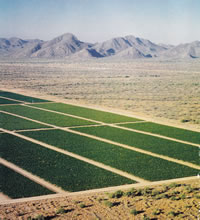
That is why the conquistador Hernando Cortez decreed that those settlers who had been given Indians should plant “a thousand sarmentums for every hundred Indians”.
In Santa Maria de las Parras, in the northern state of Coahuila, thus baptized by the first missionaries who arrived to evangelize the semi-nomadic Chichimeca groups that lived in the region, the arid desert found an oasis nourished by surface waters perfect for growing figs, olives, walnuts, peaches and, above all, grapes.
The Jesuit chronicler Andres Perez Rivas referred to this perfect marriage of the grape with these lands in his “Historia de los triunfos de nuestra santa fe”, printed in Madrid in 1645. saying “having prospered so well in this land, although unknown before in the Indies until the Spaniards brought it, and the land of Parras embraced so well and with such kindness this pilgrim plant from Castile. that in no part of New Spain does it give more abundant fruit in its gratitude.”
New Spain’s wine production did not please the merchants who sold wine brought over from the Spanish Peninsula. That is why whatever progress New Spain had made in grape growing and wine production was halted when. jealous of their interests. the merchants managed to convince first the Viceroy Luis de Velasco and later the Viceroy Marquis de Montesclaros to establish dispositions that forbade planting vineyards.
That is why tile El Rosario and San Lorenzo Haciendas in Santa Maria de las Parras, Coahuila, were able to continue their production. If this prohibition had not existed, another story would be told: if despite the disadvantage that this limitation imposed Mexico still produces good wines, we could say that we could have become such important producers as other countries. Today we can witness a growing and better quality wine production in Mexico.
Parras’ liquid abundance
Santa Maria de las Parras is a place where nature still surprises us with its liquid and vegetable abundance amidst an orography of naked stone and cactus.
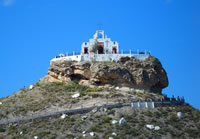
It was father Juan Agustin de Espinosa, from the Jesuit residence in Zacatecas, who founded the Santa Maria de las Parras Mission on February 18, 1598. In their attempts to evangelize the autochthonous population, the Jesuits distributed vegetable and animal species amongst them and taught them production processes from their native land. There is evidence that using vines from Santa Maria de las Parras, father Ugarte promoted grape growing and wine production in Baja California, which in time spread to the sixteen missions established there. The Misión de Santo Tomas wine cellars south of Ensenada are heirs of these ancient missions.
The Parras mission’s first years were difficult. It had just been settled when it was completely destroyed in 1601 by a violent rebellion, it is said that of its original one thousand five hundred souls only four or six were left. The old Chichimecan inhabitants of the region slowly disappeared, and by 1765 almost no descendants were left. The Tobosos and the Cocoyones, forerunners of the Apaches, razed the missions over and over again, gravely decimating the population.
Santa Maria de las Parras went from being a mission to a town in the first years of the seventeenth century when a group of families from the state of Tlaxcala settled there. By then, the town had a governor, two mayors, two aldermen and two prosecutors, all from Tlaxcala. It is not by chance that serapes are made in Saltillo: the Tlaxcaltecans brought their textile handicraft tradition to the north. It is also noteworthy that today Parras is not only known for its vineyards and its legacy to our country’s history, but also for being an important producer of the cloth used to make jeans.
The First Hacienda Owners
In what is today known as Parras de la Fuente, a town located between the cities of Saltillo and Torreon, what were once Jesuit missions became with time great haciendas. The first to grow grape extensively were Lorenzo Garcia of the San Lorenzo Hacienda, and Francisco de Urdinola, from the El Rosario Hacienda, also known then as the Above and Below Haciendas, respectively. Both farms are associated not only with a way of production and type of crop that had and still has great economic and social importance but also with our country’s political history.
It was in the heart of this production of feudal heritage where, paradoxically, one of the great leaders and martyrs of the Mexican Revolution came from Francisco I. Madero, grandson of Evaristo Madero, owner of the San Lorenzo Hacienda from 1893.
The Marquises de Aguayo
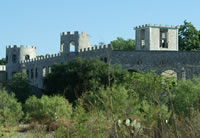
The size of the El Rosario Hacienda that the Marquises of San Miguel de Aguayo inherited from Francisco de Urdinola is worthy of note: they became the largest landowners of their time in the world. In addition to El Rosario, they also owned the Patos, Castanuela and Bonanza Haciendas in the state of Zacatecas. But El Rosario extended all the way to the Rio Grande and spread from Parras to Saltillo -except the Saltillo Valley-, stretched through all of eastern Coahuila and in the south crossed into the state of Zacatecas and reached all the way to what is today the state of Nuevo Leon. The different generations continued to add to the property until it reached 397 thousand hectares, and it has been said that they came to be owners of the states of Zacatecas, Coahuila, Texas and New Mexico and that within their jurisdiction there were 66 towns and 9,815 inhabitants. The Marquises de Aguayo were the true owners of the town of Parras, which they tried to absorb with no success due to the Tlaxcaltecans’ resistance.
The Aguayos had two houses, the one Above and the one Below, both separated from the town by a gully. When he came to Parras, the Marquis would stay in the main house, the Above house, with its chapels of El Rosario and El Pilar and an orchard with walnuts and vineyards. The administrator lived in the Below house where the wine and spirits were made.
The Madero Dynasty
The San Lorenzo Hacienda had different owners since its beginning with Lorenzo Garcia, who received these lands from the Spanish crown in 1597, and until Evaristo Madero bought the hacienda in 1893. Don Evaristo and Lorenzo Gonzalez Treviño, his son in law and partner, decided to move from Monterrey to Parras. There they had a prosperous transportation and cargo company with which Evaristo had traveled the northern roads. They had acquired the El Rosario Hacienda in 1870, along with the La Estrella textile factory that had belonged to English investors.
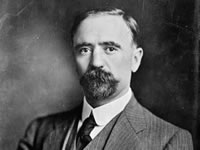
Don Evaristo notably promoted winemaking in the San Lorenzo Hacienda. He visited other production plants. particularly in France and Spain: he obtained new varieties of the grape: he bought staves to build pipes and vats in Parras. In Cognac, he acquired the most modern stills for distilling good cognacs and sent young men to Europe to educate them in this field.
Evaristo Madero was governor of Coahuila between 1881 and 1884. During his period in office, he promoted commerce and mining: he put up telegraph lines in the main towns: he built the Acuña Theater and, above all, he supported education. He resigned when his political adversary, Porfirio Diaz, became President of Mexico. In 1889. together with a great number of family members, he made a long trip to Europe where he left his children Ernesto, Manuel, and José, and his grandchildren Gustavo and Francisco studying in the best schools.
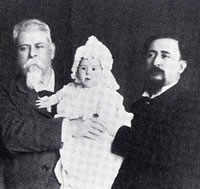
Hacienda San Lorenzo and the Casa Madero
The San Lorenzo Hacienda is halfway between the towns of Paila and Parras. On one side is the Casa Madero production plant whose excellent wine and place in the good wine drinkers’ market in both Europe and the United States is the fruit of their painstaking quality. On the other side rises the Casa Grande (Large House) built mainly in the seventeenth century: a true colonial monument whose four abutments or towers give it a strong fortress-like character. In the back, going up the stairway is the hacienda’s chapel.
The hacienda’s patron saint, San Lorenzo, one of the most venerated martyrs of Christianity, is worshipped here. According to Catholic belief, Lorenzo had been entrusted with distributing alms among the poor. One day he decided to rid himself of all his earthly goods and, together with the product of the sale of the sacred vessels, to divide it among them. When the prefect demanded the church’s treasures, Lorenzo brought the poor before him, so the Prefect ordered Lorenzo to be stripped and tied to an enormous grill. Lorenzo’s body was burned slowly over the fire.
That is why during the first days of August, during the harvest feast celebrating San Lorenzo, enormous bonfires are lit up in the patio in front of the Casa Grande, simulating the burning of the saint. Faithful to a tradition and a culture over four centuries old, this is a fiesta of enormous syncretism, in which the Chichimecas come down the mountain torch in hand to later dance in the plaza amongst merry-go-rounds, fireworks and boisterous frolic; and where, in the manner of Dionysian celebrations, the vintagers tamp the grapes in a large earthen vat while a God Bacchus gets ready to drink the perfumed virgin liquid. Before, an enormous procession of wagons carrying baskets of grapes has paraded from the town of Parras to San Lorenzo.
That’s how my land is
It was in the pleasant stage of the Casa Grande garden and sponsored by Casa Madero, where the very famous XEW radio station program “This is my Land” —one of the last live music programs of the radio golden age- was transmitted live every August 10th from 1947 to 1951, conducted by Ignacio Fernandez Esperen, Tata Nacho, author of unforgettable songs such as Menudita (Tiny One), Adios mi chaparrita (Goodbye my Petite Girl), Ya va cayendo (Slowly Falling), and the beautiful Asi es mi tierra (That’s how my land is).
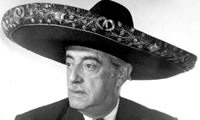
Asi es mi tierra, morenita y calurosa, tiene el pecho adolorido (That’s how my land is, dark-skinned and warm, her chest in pain). “Asi es mi tierra”, is still part of the August 10th celebration in the town of Parras, that begins by singing Las Mañanitas (Mexican Happy Birthday song) to the Virgin under the idyllic stage of an abundance of fruit and blue skies, between centenary walls and history’s footprints, and with the aroma of grapes bursting with the promise of wine under their skin.
In Parras, Coahuila, you can breathe the weight of history: its semi-nomadic past, the attempts to evangelize its people, its missions that turned into haciendas, the passing of the Revolution, until arriving to a present where haciendas such as San Lorenzo are true and carefully taken care-of museums that allow a vision of the century’s past life inside its walls or in the detailed alignment of their vineyards, to later confront the modern scale of the wine producing plants. San Lorenzo Hacienda preserves a tradition of viticulture to which it has remained faithful for over four centuries. Here, in the place of the vineyards, the leader Francisco I. Madero imagined the democratic Mexico that he fought and died for.
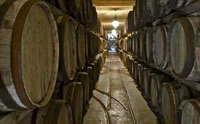
Here, beside the walnut trees, there is much to drink to. Cheers!
Last Updated on 21/02/2021 by Puerto Vallarta Net



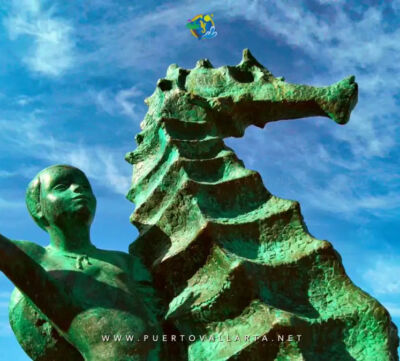


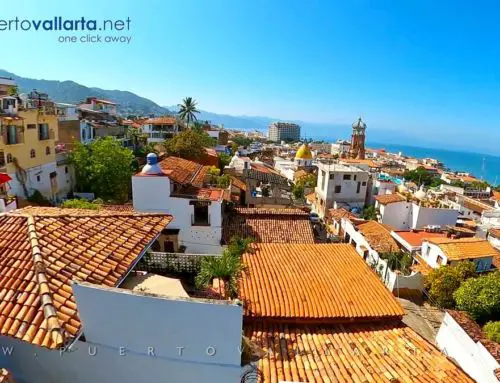
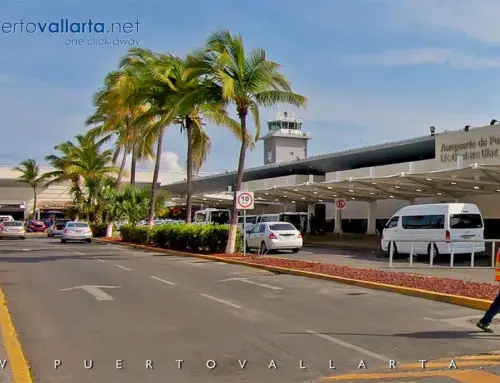
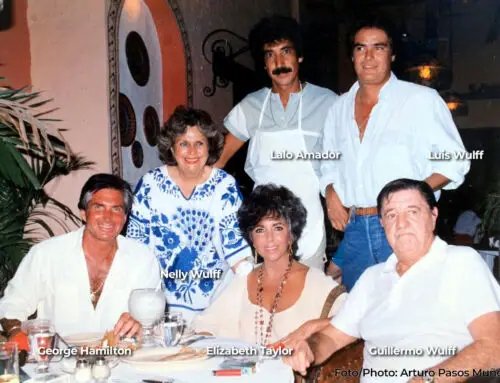
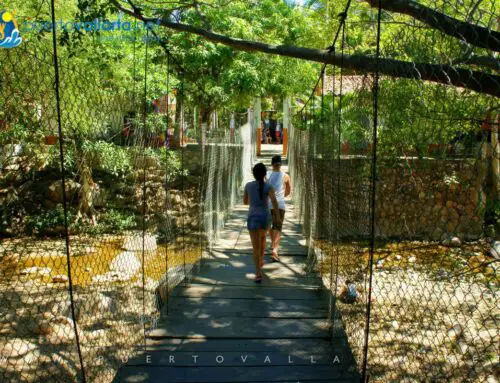
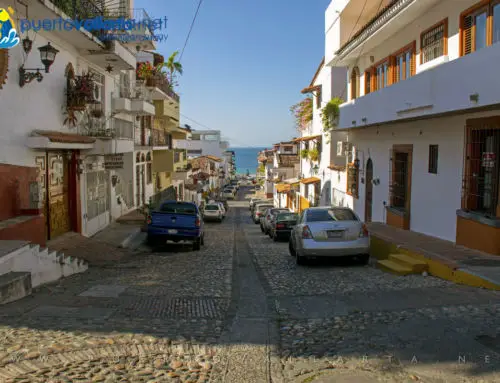
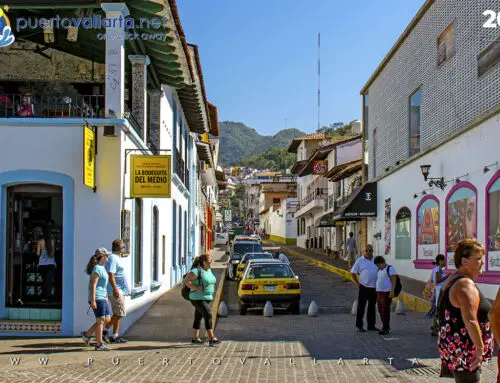
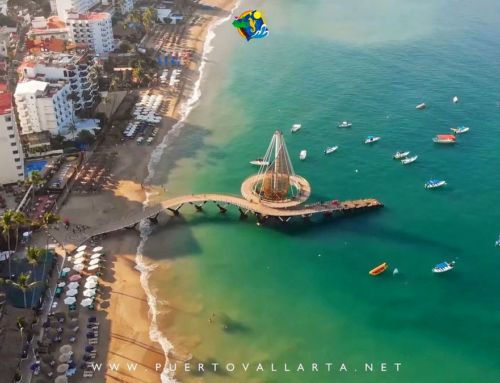
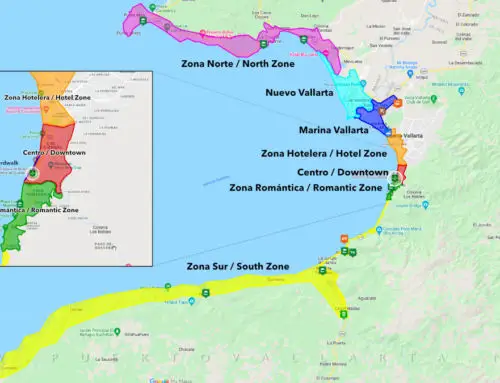
Leave A Comment